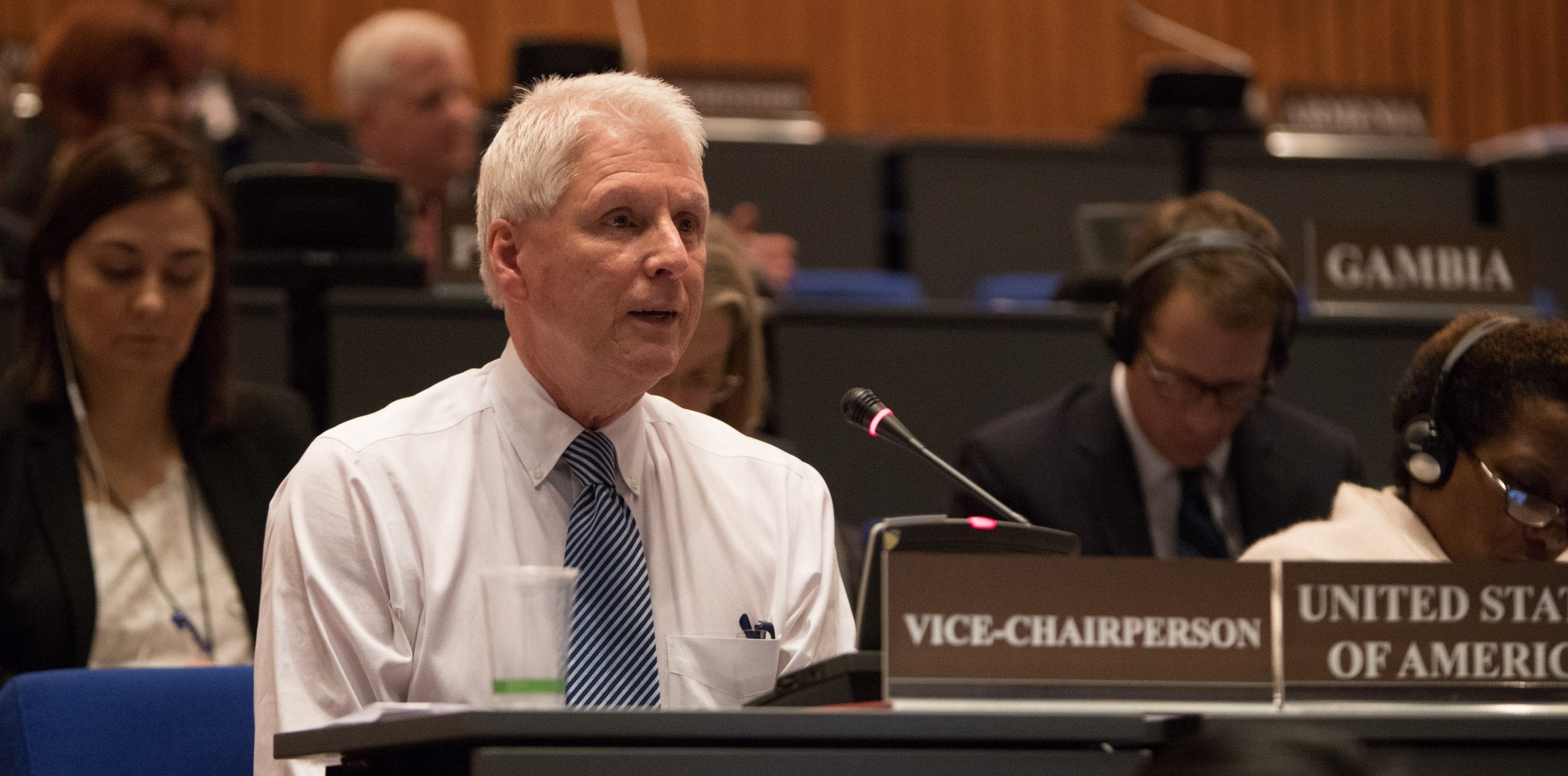
A previous post of mine detailed the history and use of biological and chemical weapons, especially their relevance in modern warfare. Due to their incognito nature, biological weapons such as viruses and chemical weapons such as nerve agents can be discreetly administered to their target population. As technology advances, these agents are able to be more efficiently synthesized or mass produced for large scale operations that can cause widespread devastation with prolonged suffering and death to its victims. So the question begs: what is the world, and especially the United States, doing to control the use of biological and chemical agents that can be used as weapons in warfare?
CDC Bioterrorism Response
The Centers for Disease Control and Prevention (CDC) is the leading public health agency under the U.S. government, designed to protect the public using health and safety measures related to anything ranging from a disease outbreak to massive floods during a hurricane. There are certain biological and chemical agents that the CDC considers as having the potential to be utilized for bioterrorism. A very prominent and recent example is the Ebola virus, which can spread easily through bodily fluids or exposure to an infected animal, or botulinum toxin, which is the agent used in minute quantities in Botox, but can cause widespread paralysis at higher doses. These potential bioterrorism agents have been the focus of global research in the last two decades, but largely with an emphasis on eradication rather than a bioterrorism response.
In addition, as a part of their duties, the CDC Emergency Preparedness and Response Division works with APIC (Association for Professionals in Infection Control and Epidemiology) to produce a Bioterrorism Readiness Plan for people-dense facilities that may be targeted for bioterrorism such as hospitals. In case of such an event, this document provides guidelines to prepare, react and partially contain further spread of specific agents such as anthrax, smallpox and ebola virus. Viruses detected in a mailed letter (see anthrax letters) or public places make it difficult to stop further spread until patient zero is tracked down and the source of exposure is identified. For such situations, the CDC's Bioterrorism Division website outlines measures to quickly achieve contain extensive spread of the agent.
While the CDC is largely focused on bioterrorism threats due to their vast public health expertise, it also involved, albeit on a smaller scale, with chemical weapons response through their National Center for Environmental Health (NCEH). Their Chemical Weapons Elimination program focuses on lending a hand to larger national efforts to control and eliminate chemical warfare while ensuring that public health is not impacted.

National Chemical Weapons Response
Within the United States, controlling chemical warfare involving sarin gas or nerve agents, for example, occurs through the Department of Homeland Security (DHS) and its division of Science and Technology Directorate. As the leading agency overseeing the nation's security threats, DHS is very intimately involved in scanning for and developing policies to combat and neutralize any potential terror threats involving both biological and chemical weapons. The DHS works closely with labs, other governmental agencies, and corporations to research, develop, and implement countermeasures for chemical weapons exposure. The Chemical Attack Fact Sheet developed through this initiative outlines the very basics of what weaponized chemical agents can be, their various forms, exposure and what citizens can do to protect themselves or seek help in the event that they encounter an attack.
The United States is the leading advocate for bioterrorism and chemical weapons elimination and response, and many recent presidential administrations have been supportive eliminating these agents in warfare. Historically, bioterrorism has not been as prominent as chemical weapon usage, which was a crucial part of strategy in World Wars I and II as well as the Vietnam War. Following these periods, the Organization for the Prohibition of Chemical Weapons (OPCW) was formed in 1997, encompassing 193 countries with the goal of identifying and permanently eradicating the use of chemical weapons globally, Member nations even include Syria and Russia, who have had a very publicized history of chemical weapon use, but have also joined OPCW in the effort to participate in this global initiative. Independent research by the Arms Control Association outlined the success of OPCW missions to eliminate chemical weapon stockpiles across the globe, which was awarded the Nobel Peace Prize in 2013.
With global access to advancing military technology, the playing field in warfare has essentially leveled in terms of traditional weapons. Biological and chemical weapons provide a unique avenue for radical perpetrators to unleash violence on their target population through infectious agents like the ebola or anthrax virus or chemical weapons in the forms of nerve agents or gas. The United States has built a strong foundation of research, development and policy efforts put in place through the Centers for Disease Control and Department of Homeland Security in the event of an unprecedented attack. It is now time to continue leading and advocating for global efforts through organization such as OPCW to ericate bioterrorism and chemical weapons use in warfare to not only protect our citizens, but those affected by senseless acts of terror and war all over the world.
 Sudeepti Kuppa is a Ph.D. candidate in the College of Pharmacy, and studies how to develop miRNAs into early detection biomarkers for clinically challenging gynecological cancers such as ovarian or metastatic breast cancer. She also got her undergraduate degree at UGA, so she's a Double-Dawg and hasn't regretted staying in Athens for a moment! When she's not in the lab discovering cool new things about cancer, Sudeepti likes to meditate, go to the gym and make sure she gets a healthy dose of TV and spends time with her pet rabbit Fessy (who's basically a dog)! To hear more from Sudeepti you can connect with her on over on Twitter . More from Sudeepti Kuppa.
Sudeepti Kuppa is a Ph.D. candidate in the College of Pharmacy, and studies how to develop miRNAs into early detection biomarkers for clinically challenging gynecological cancers such as ovarian or metastatic breast cancer. She also got her undergraduate degree at UGA, so she's a Double-Dawg and hasn't regretted staying in Athens for a moment! When she's not in the lab discovering cool new things about cancer, Sudeepti likes to meditate, go to the gym and make sure she gets a healthy dose of TV and spends time with her pet rabbit Fessy (who's basically a dog)! To hear more from Sudeepti you can connect with her on over on Twitter . More from Sudeepti Kuppa.
About the Author
-
athenssciencecafehttps://athensscienceobserver.com/author/athenssciencecafe/April 17, 2020
-
athenssciencecafehttps://athensscienceobserver.com/author/athenssciencecafe/April 12, 2020
-
athenssciencecafehttps://athensscienceobserver.com/author/athenssciencecafe/April 3, 2020
-
athenssciencecafehttps://athensscienceobserver.com/author/athenssciencecafe/March 30, 2020







